Introduction:
Nowadays, more than ever, it's crucial to have a space in your home where you can feel safe, at peace and forget about any stresses in your day-to-day life.
Of course with many more of us now working from home, bringing our entire work and personal life under the same roof, it's more important than ever for us all to be able to create a separation between 'on' and 'off' time.
Creating a designated Zen space at home - or even designing your entire home interior around a Zen minimalist style is becoming more popular as the overall desire to unwind and de-stress becomes more prevalent for us all.
While there's no strict rule book on zen-style interiors, they are usually categorised as having visual continuity, simplicity and balance. The goal is to create a sort of bubble-environment within your home that you can step into and unwind.
So without further chit chat, here are 10 easy steps to creating a zen-style space in your home, whether it's for one room or your entire home.
1: Use Earthy Colours.
A zen home interior is all about soft natural colours, so we definitely recommend using tones such as white, grey, beige or pastel peach. These types of colours evoke relaxation and serenity.
It’s also important to use chromatic harmony (matching or complimentary colours) throughout the different elements in the room. What separates zen-style interiors from a lot of other styles, is that for Zen you are trying to create a space where no one single element stands out more than the other.
2: Use Visual Continuity.
This is all about the flow of each and every element working together in a room or space, visually speaking. Those who want a zen space need to think about the visual synergy or continuity between everything from the walls, to furniture, to the flooring and decor.
Take a step back and look at all of the various lines in the entire space, try to align certain elements with others, or have them running parallel to one another. You can even follow the existing shape of the room for guidance.
You can also place a larger item (such as shelving, a large plant or a vanity unit) perpendicular to the main directional-flow of the room to create a division of two separate spaces in the same room. However, this is only recommended for larger rooms that will not end up feeling cramped as a result of being divided.
If you're not sure if the room is big enough to be divided and still feel zen, it's best to just try it out yourself and see what works for you and your home. If it makes you feel more relaxed and at peace, that's what ultimately matters.
3: Use Softness, Especially at Points of Contact.
Use soft materials on some of the surfaces that you physically touch - such as a soft rug underneath your feet, or a fluffy throw over an armrest.
Softness doesn't need to be kept only for physical touch, it can also be applied in terms of visual softness, for example you could use a light-toned wood (such as ash or silver birch) for the flooring to create sense of visual softness.

4: Use Plenty of Natural Light & Light Materials.
You might think that the more natural sunlight that can spill into your space the more zen it is going to feel. But, that’s not actually the case, too much natural light spilling into a room can have the potential to make it difficult to for you to relax and wind down after a stressful day.
It’s usually best to use curtains to frame any windows in this space (even if they end up blocking out a small portion of the natural light).
Remember to stick to the rule of light-ness when choosing any textile or materials for this room - ie. try to go for materials without heavy patterns, vibrant colours or a dense texture.
5: Use Soft Lighting From Several Sources.
Lighting is such a crucial part of setting every sort of mood - and ultimately deciding how you actually feel - in a room. In addition to the natural light coming in from the window, you should use candles, small lamps and other indirect lighting such as fairy-lights to tie the entire space together.
Again it's important to pay attention to the colours you choose when getting any lights, candles or bulbs. Remember that warmer tones such as yellows, oranges and even small accents of red are far better to use, rather than tones of blues, greens and purples when creating a zen interior.
6: Keep Furniture Simple & Natural.
Zen-style furniture is all about simple clean lines, furniture pieces for a zen interior should be high quality and preferably made of natural materials. The more natural elements in the room, the more relaxing and peaceful it will feel overall.
Look for furniture that is visually simple and elegant, without any frills or ornamentation. It's best to avoid pieces that are highly detailed or complicated, the aim is to try not to have any one element in the room be too distracting or imposing. This is much more visually balanced and in turn promotes a sense of wellbeing and relaxation in your space.
7: Keep Accent Pieces, Small Decor & Clutter to a Minimum.
When it comes to adding smaller touches to a zen-style interior, less really is more in terms of what you should use for decoration. Any accent pieces or ‘everyday-clutter’ should be kept within the same taste as the remainder of the room and follow the characteristics listed above.
Keep decor pieces simple and make sure that they contribute to the visual-smoothness of the room overall. Try to resist adding any brightly coloured hangings, paintings, or pictures (even if they're nature photos) as they will stand out and create a 'bump in the road' for the entire zen experience that you are creating here.
8: Remove Any Electronic Distractions.
I don't need to tell you that it’s probably not the best idea to keep your wifi router in the same room where you’re planning your zen space, the same goes for any screens, smart-home devices or any tech at all, (besides lighting) if possible. Of course, if you find it relaxing when Alexa plays you whale songs then by all means, ignore this step.
Another great option for those who still want some visual stimulation in this room is to consider adding a small aquascaped aquarium. Fishkeeping - and Aquascaping in particular - is a highly relaxing and rewarding hobby. If you're using a filter in the aquarium, it also doubles as a hypnotic water feature as far as your ears are concerned. 😉
9: Bring Some Nature Indoors.
This goes back to the whole natural elements theme running throughout these steps, what better of a natural element than some potted plants or an indoor vertical garden!?
We'll do a full breakdown and guide to creating a vertical garden / green wall at home in one of our upcoming posts, so be sure to check back for that when it's published! In the meantime, there are some inspiring videos for vertical gardens that can be found on Youtube, such as this one.

10 (Zen): Fill The Room With Natural Scents.
For the final piece of the zen interior puzzle, it's time to tap in to the ol' olfactory system. Smell is by far one of the more powerful factors in evoking feelings or senses, our sense of smell is very good at bridging the gap between a sensory experience and our overall bodily experience.
In short, our sense of smell truly immerses us in an overall experience. To create a sense of harmony and zen, you can use lavender, incense, fragrant flowers (such as lilies), beeswax candles, rose-water diffusers, or any other scent that brings you peace and serenity!
You can even make these yourself by using flowers or ingredients that you happen to like best - cinnamon and elderflower are personal favourites of mine.
So here you have it...
Now that you have the 10 steps to creating a zen-style space at home, here comes the really fun part: It's time to take what you've learned and put it into practice. Start out with choosing which room or even which part of a certain room you are going to designate to being your zen space, then decide what elements, textures and tones you want to add!
If you're feeling inspired, have a look through our entire collection of wooden decor, wooden tableware and other wooden accent pieces for your home here.


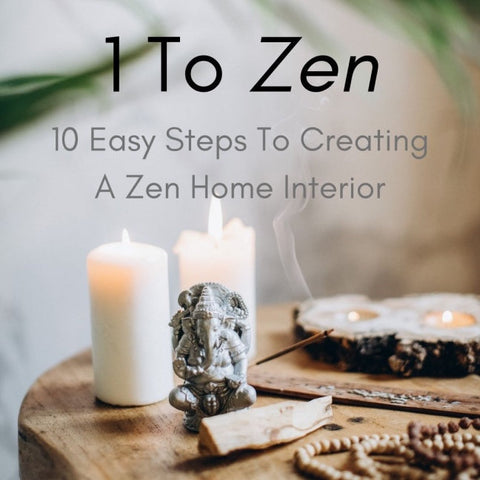

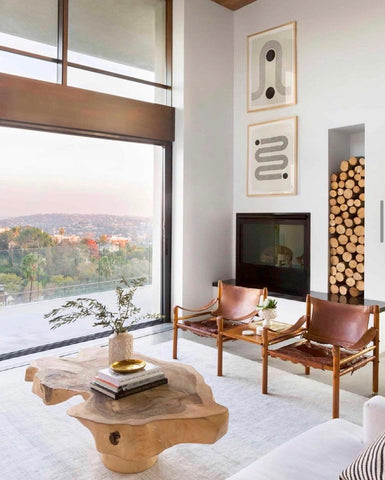







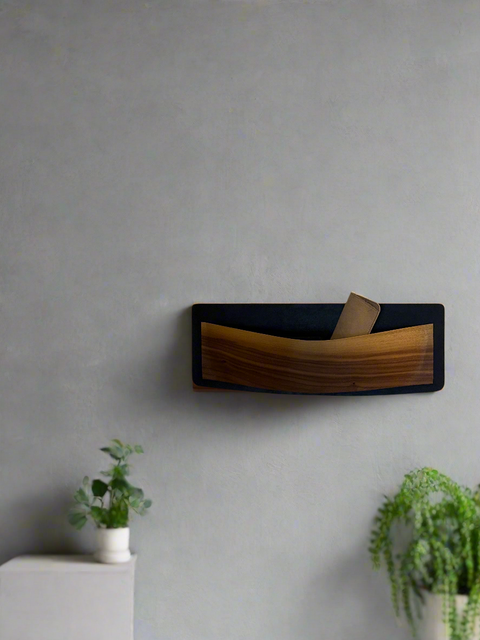
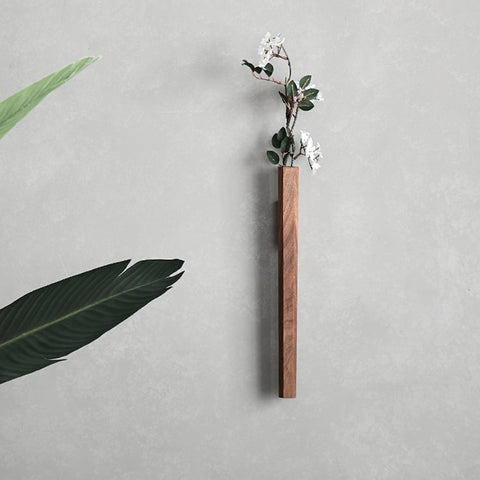
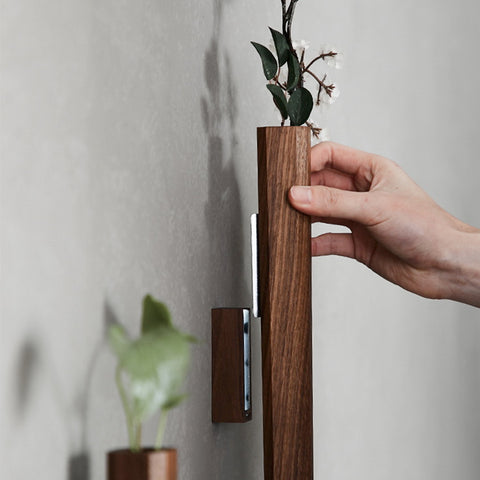
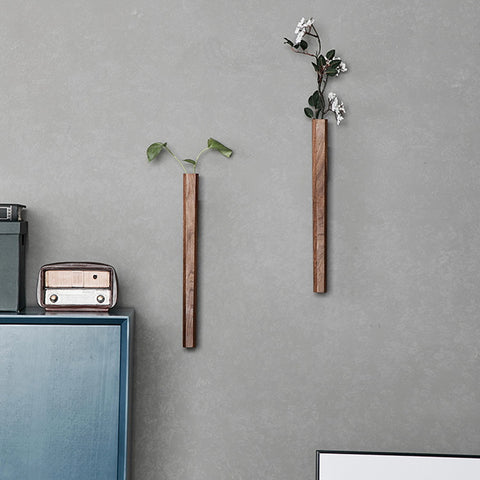
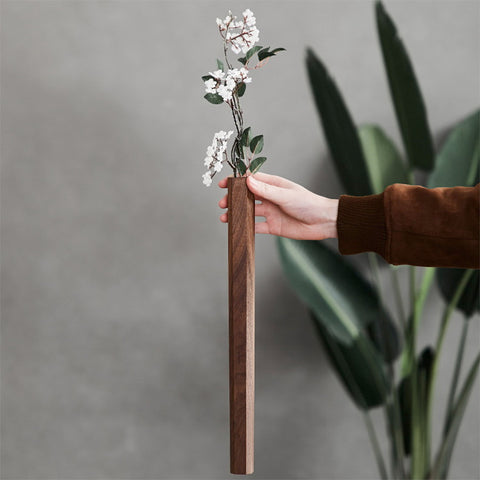
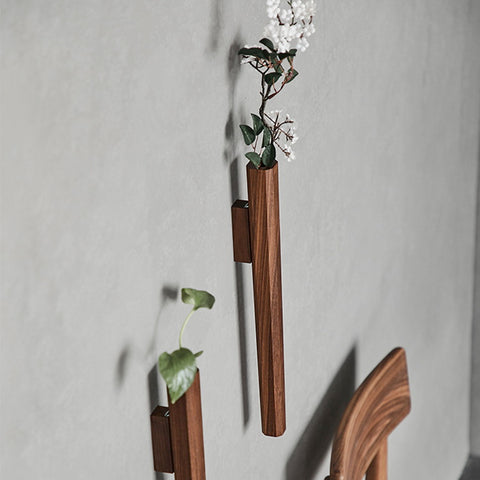
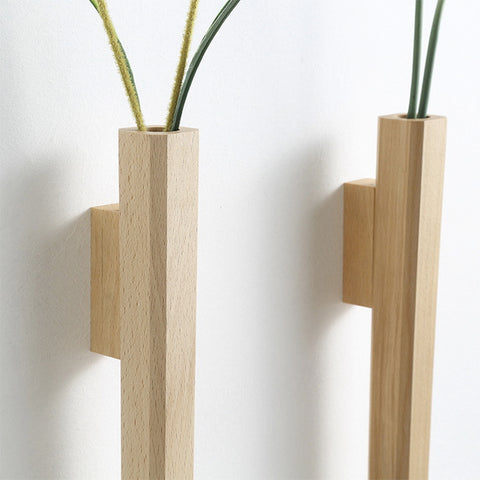

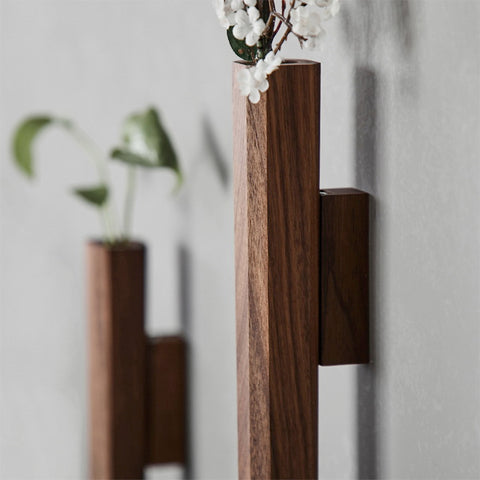
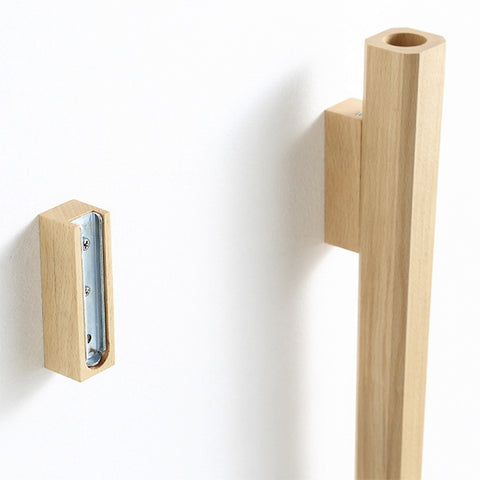

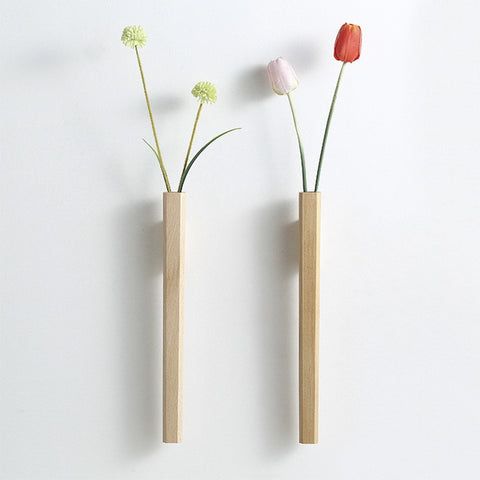
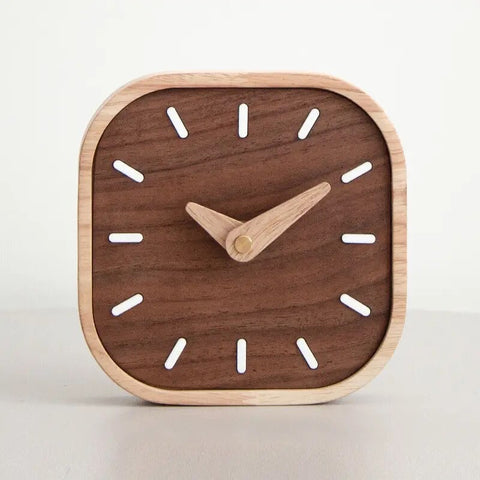
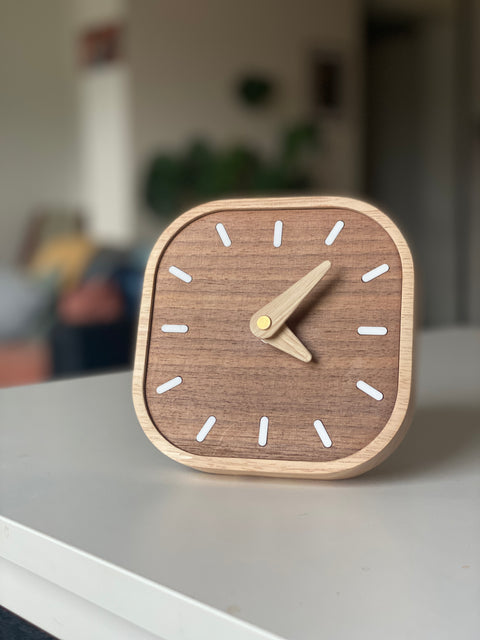
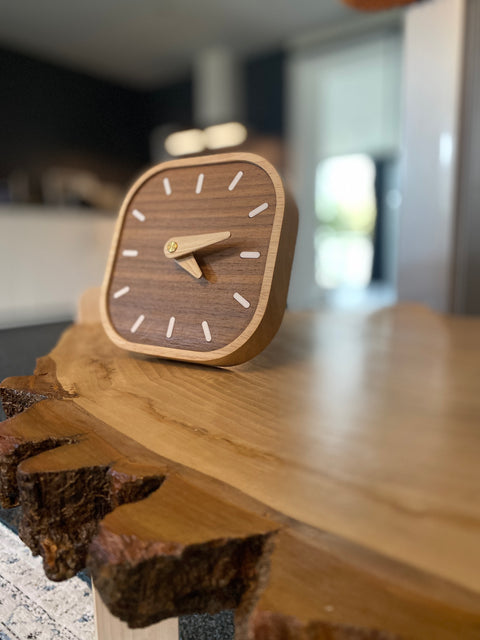
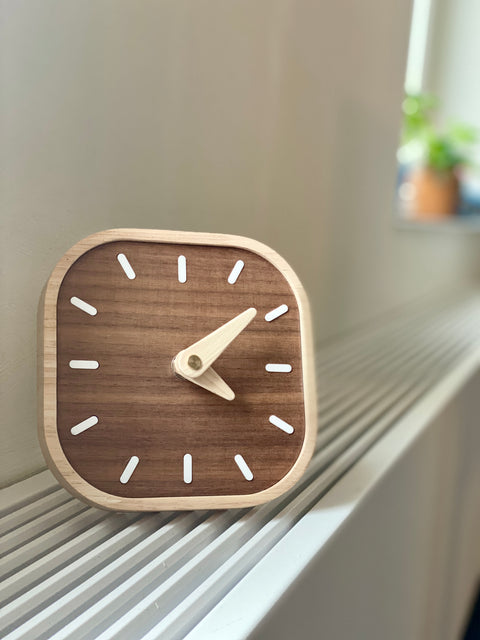

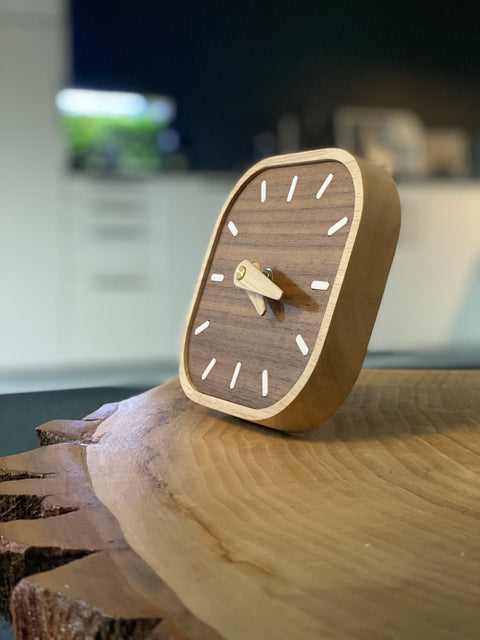

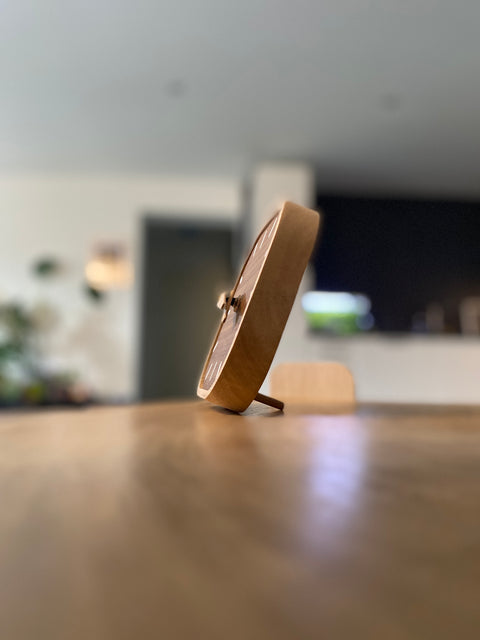
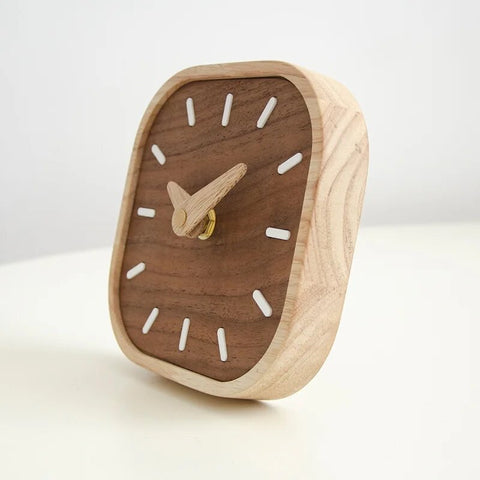

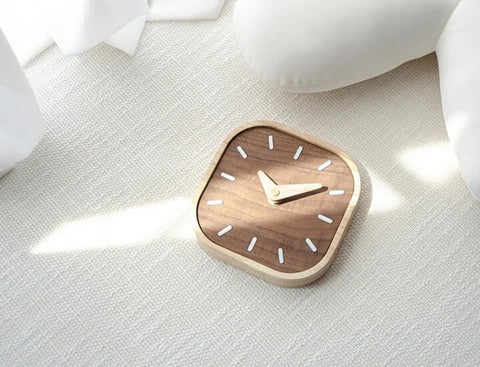
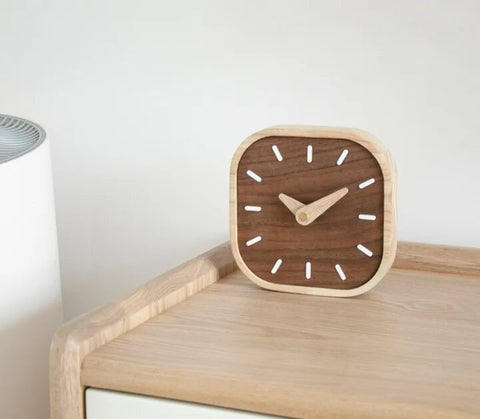
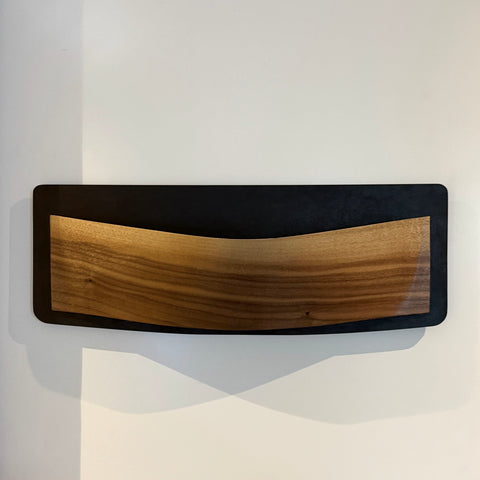
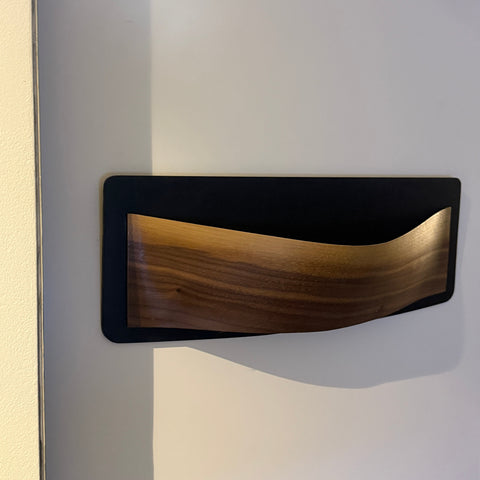
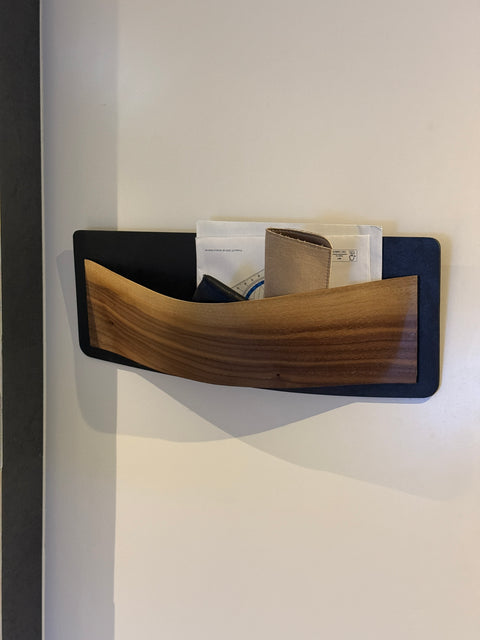
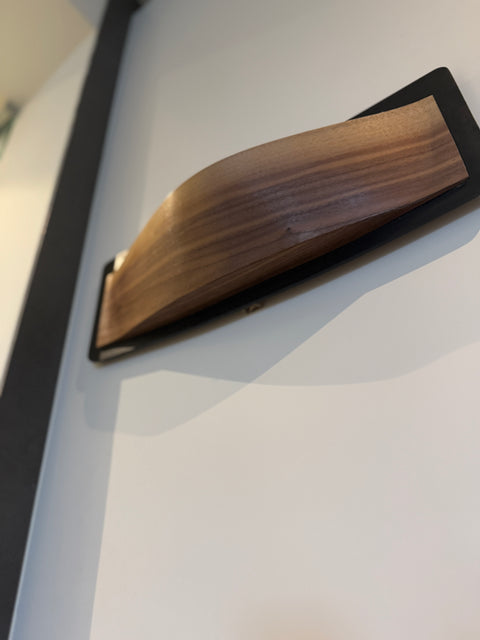
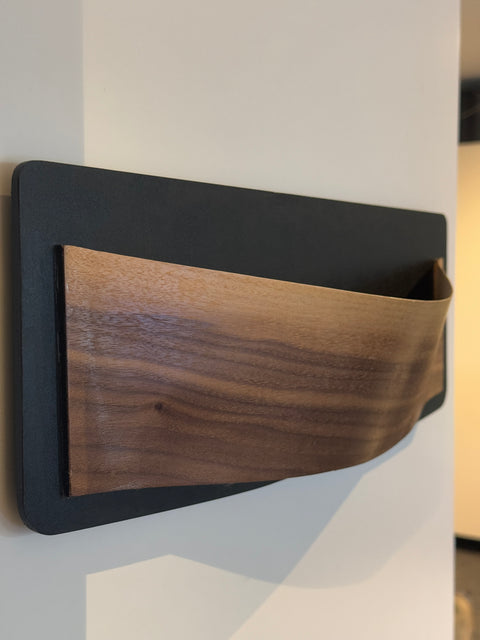
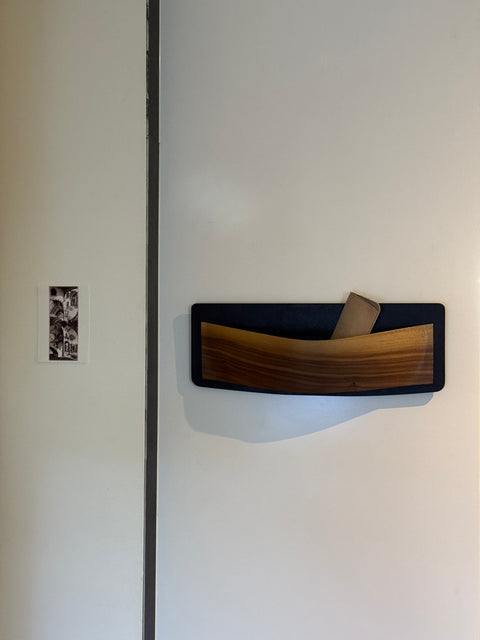
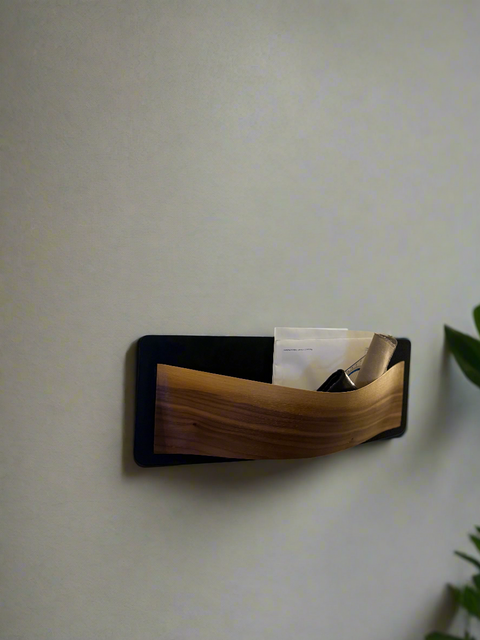
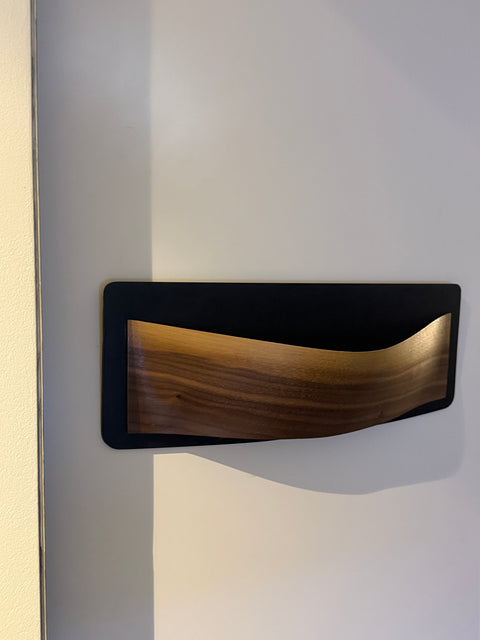
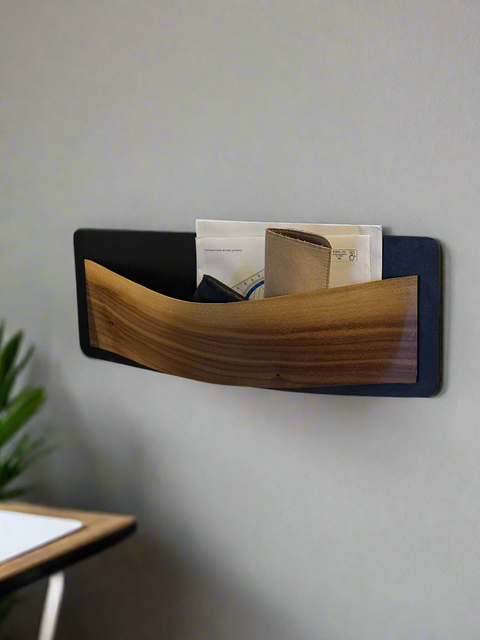


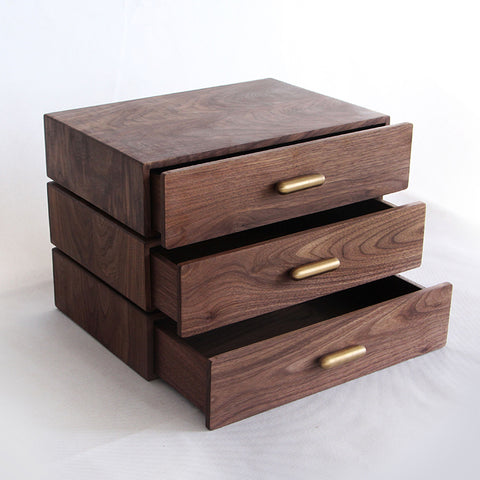
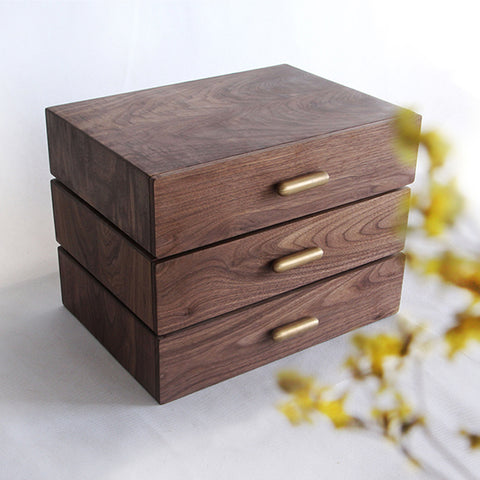
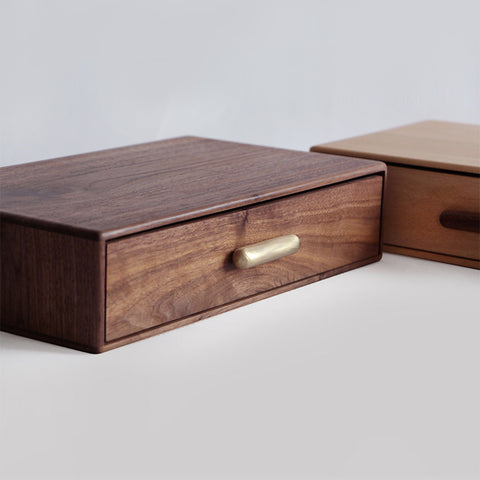



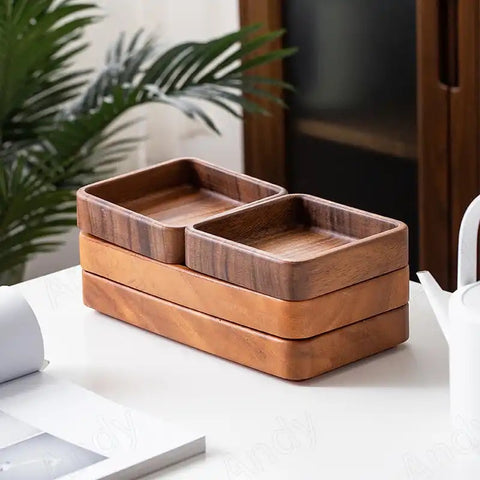

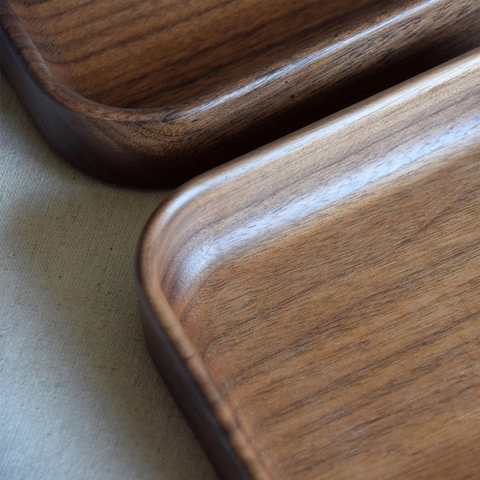

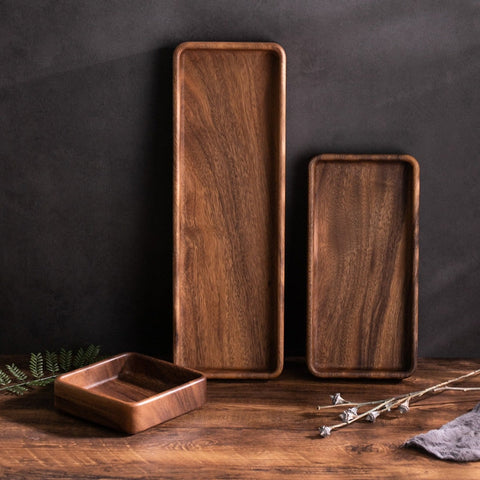



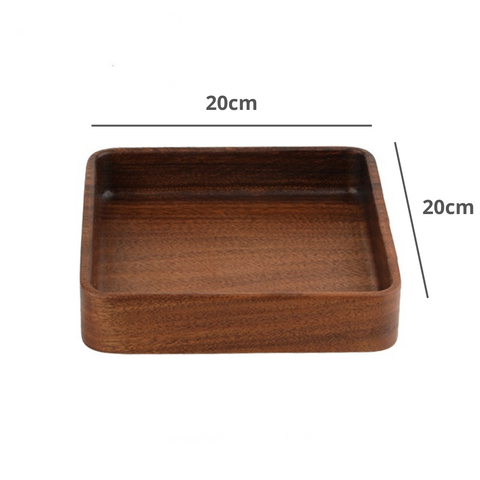
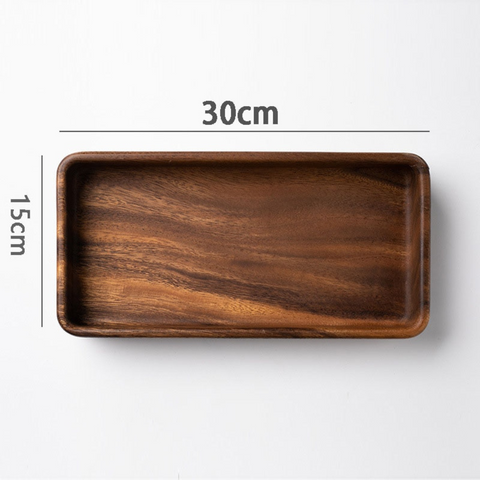
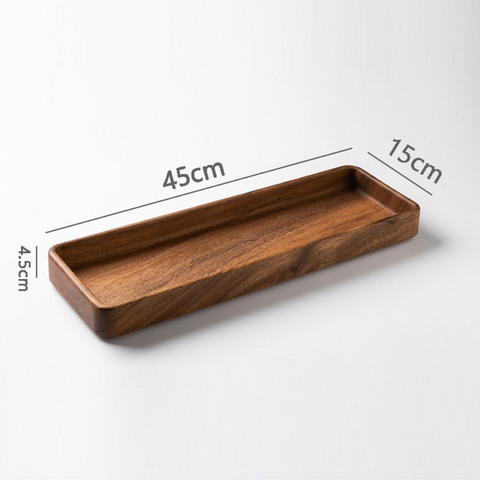
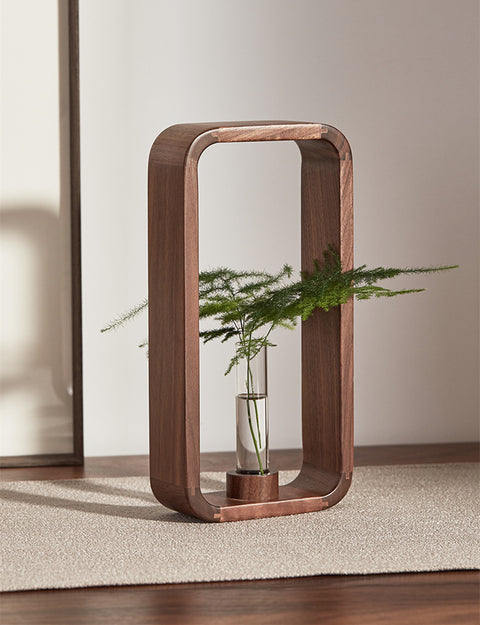
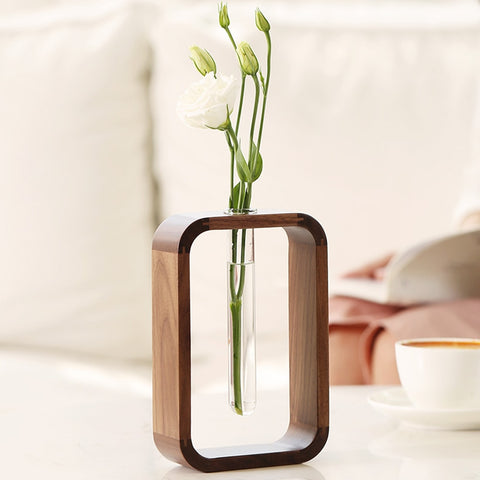
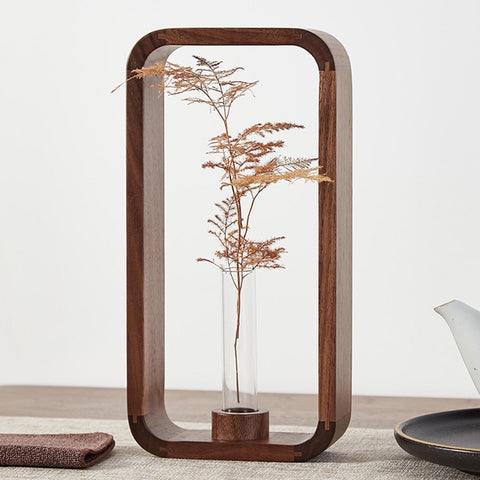
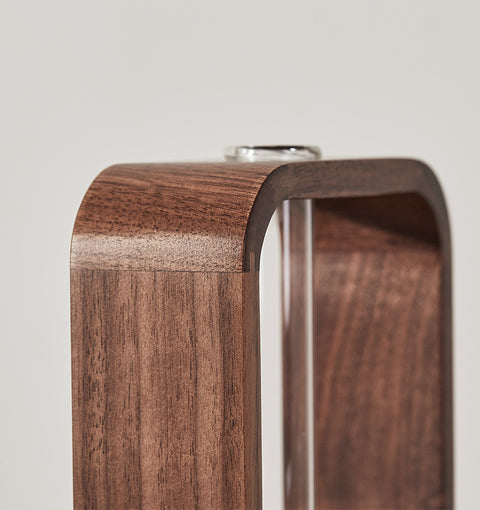
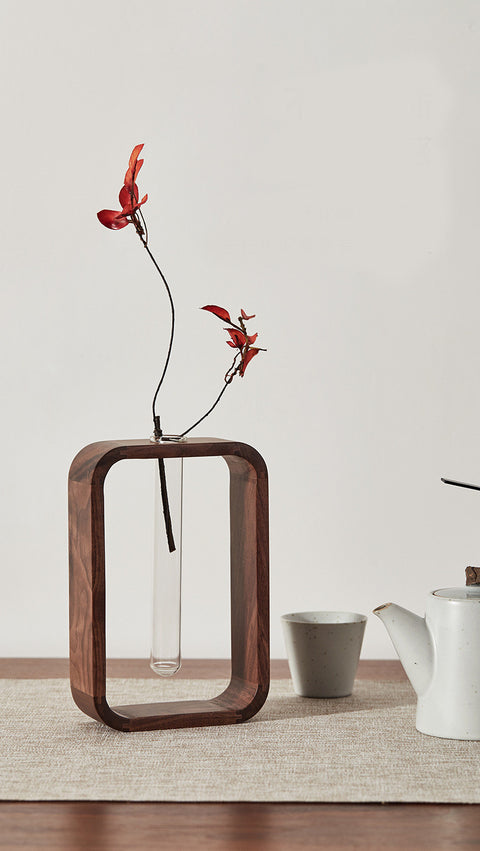
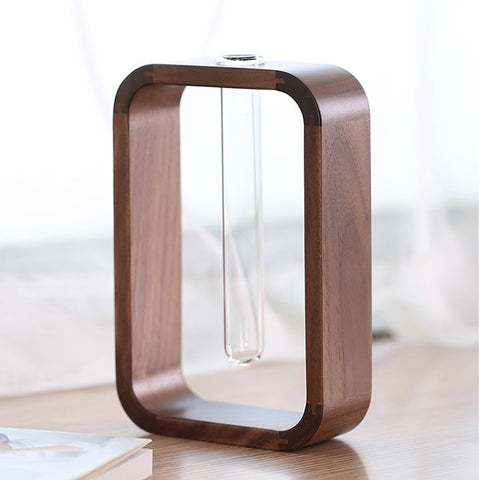
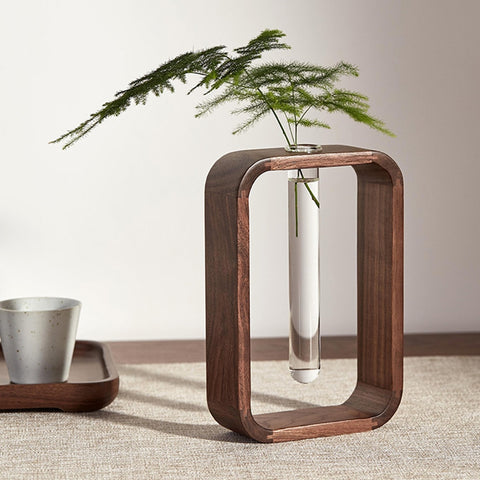
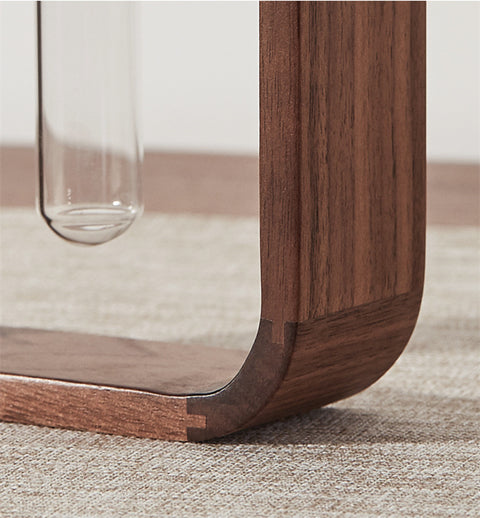
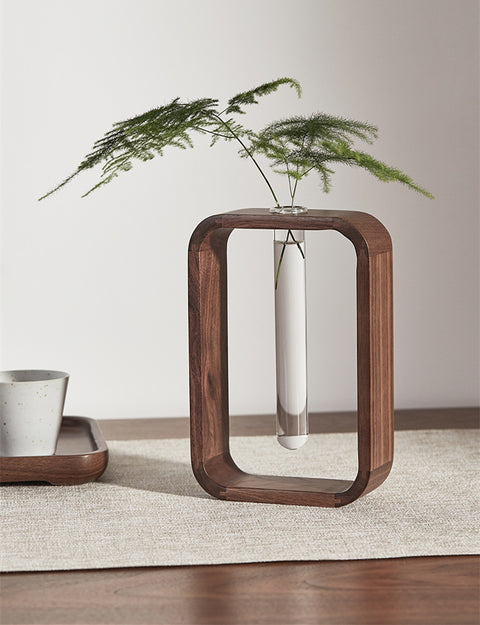
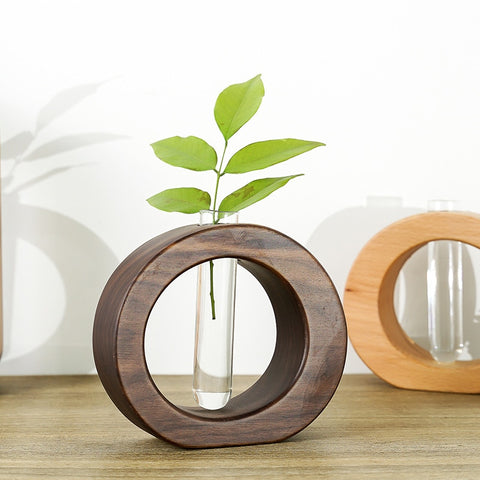
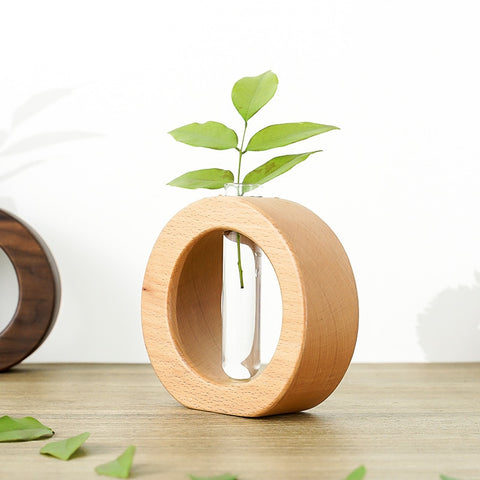
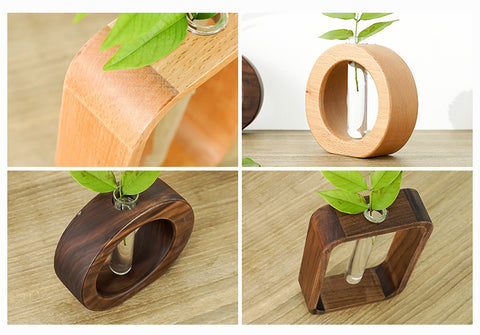
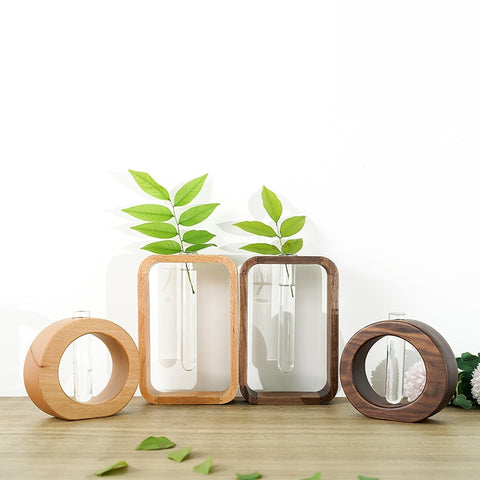


Comments (4)
Lovely ideas, very helpful, I am going to take them on board when designing my new zen room
Thanks for the info—I need to get to work and change it all! I can’t wait!
I’m so glad that I read this 10step guide to creating a zen space basically it summarises all that I have been searching for.thanks so much for posting this pin.
I liked your zen ideas. I’m looking to re-do my bedroom in a zen feeling 🧘♀️